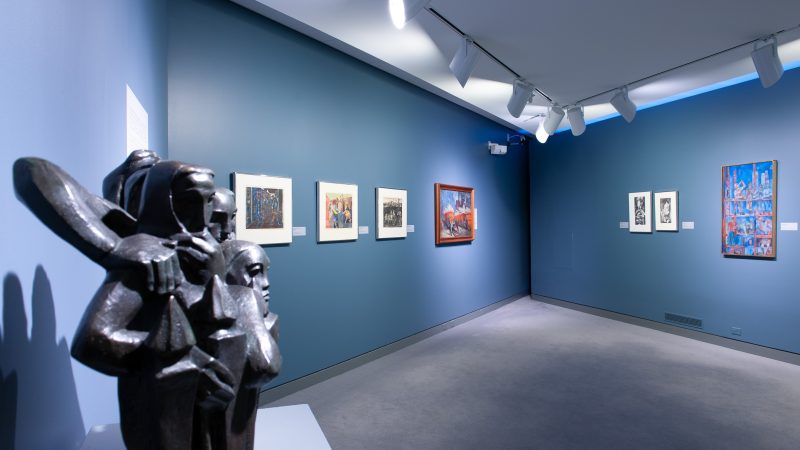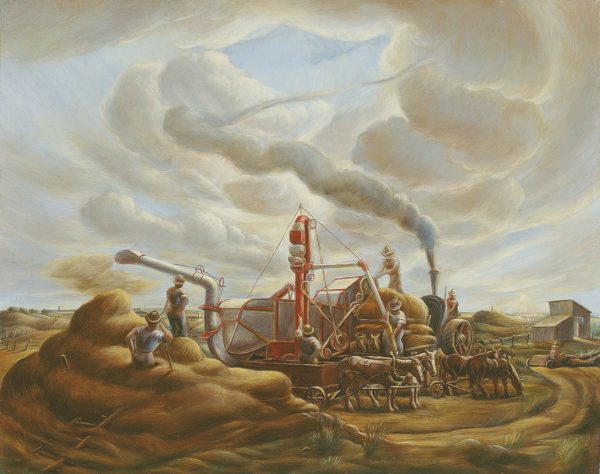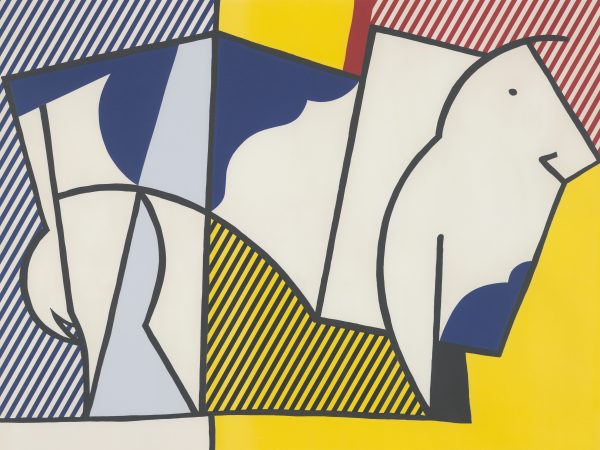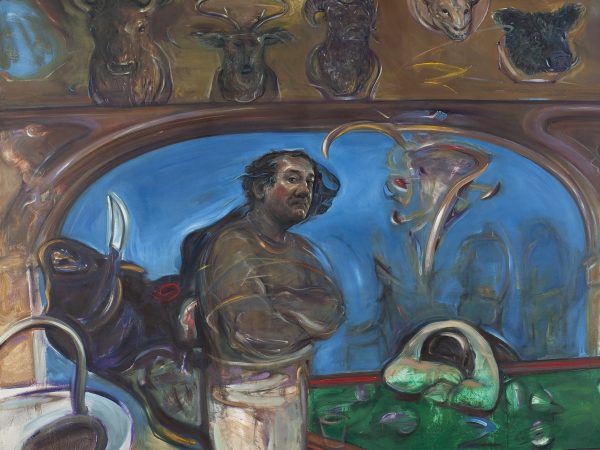
Occupy Art: Protest and Empathy for the Worker
December 9, 2012 - March 31, 2013
Paul Ross Gallery
Scott and Carol Ritchie Gallery
About This Exhibition
In September 2011 people assembled in lower Manhattan to protest income inequality and launched Occupy Wall Street. That activity set off the Occupy movement that is now a global phenomenon. “We are the 99%” is the slogan of this populist outpouring, a criticism of the concentration of wealth held by the top one percent of income earners.
Occupy Art examines the significance artists have long held for picturing the 99% or the common man. The Occupy movement has focused attention on the dignity as well as the plight of the worker, and many artists joined the cause with social statements on posters and placards, fliers and websites. This trend is far from new. Works of art in this exhibition—spanning 150 years—reflect the ongoing empathy artists have had for the everyman and for populism.
Employing their artwork for social and cultural criticism, artists have aligned themselves with the working class. During the first decades of the 20th century and as just two examples in the exhibition, German expressionist artist Käthe Kollwitz and American scene artist Ben Shahn directly engaged in social protest. Inspired by very different circumstances, they were compelled to point out social injustice. They protested unsafe working conditions and decried the impact of the World Wars on the poor in poignant and compelling works of art.
Artworks in Occupy Art depict men and women at labor and rest and in rural and urban, agrarian and industrial settings. For the artists included in the show, picturing the 99% meant picturing the broadest diversity—men, women, children, people of all heritage and ethnicity, and seen as farmers, factory workers, miners, street vendors, or simply as themselves.
Occupy Art has been guest curated by Dr. Rachel Epp Buller, Assistant Professor of Art at Bethel College.

William C. Palmer, August Threshing, Iowa, 1932. Gum emulsion tempura on panel. Wichita Art Museum, Museum Purchase, Friends of the Wichita Art Museum

